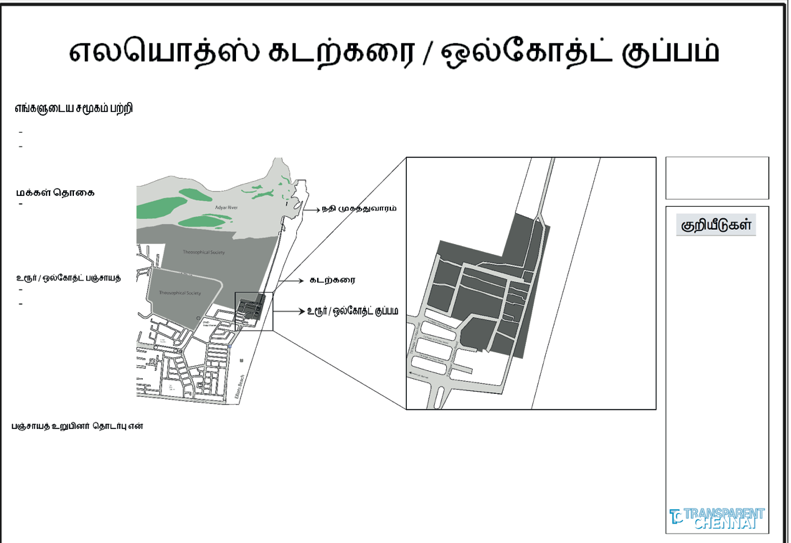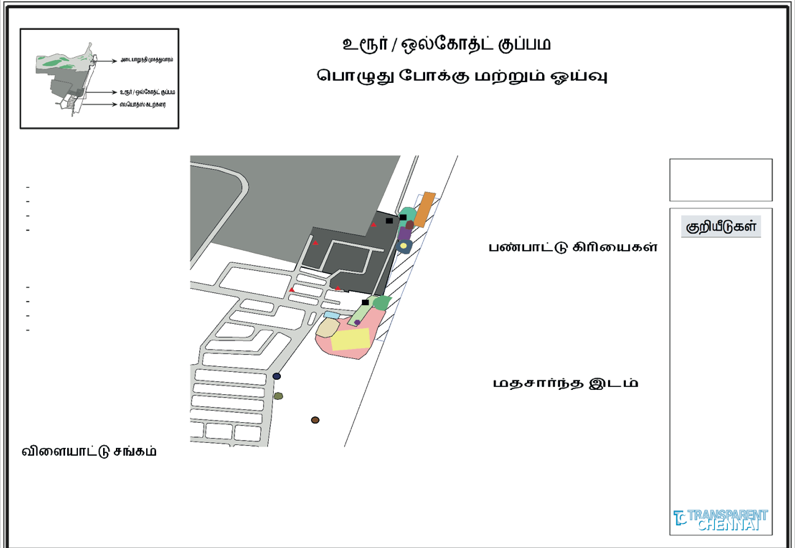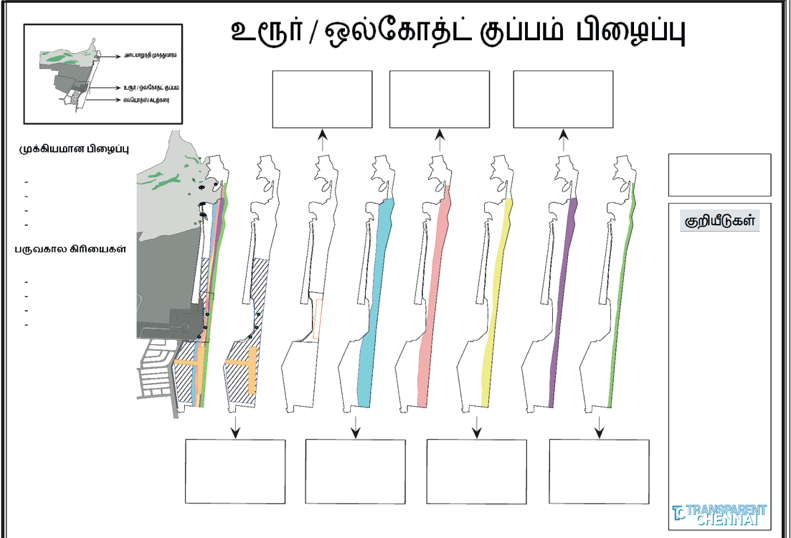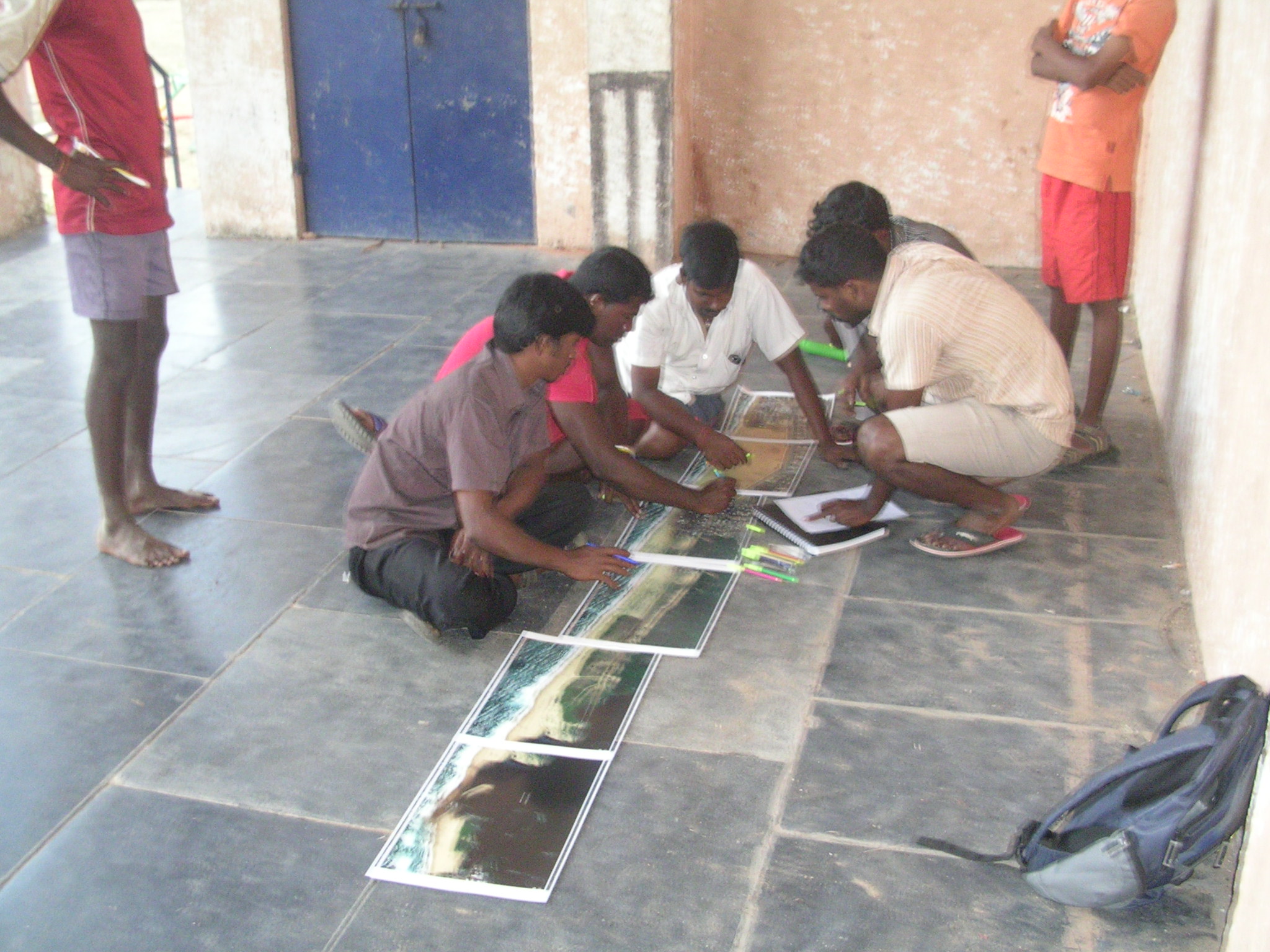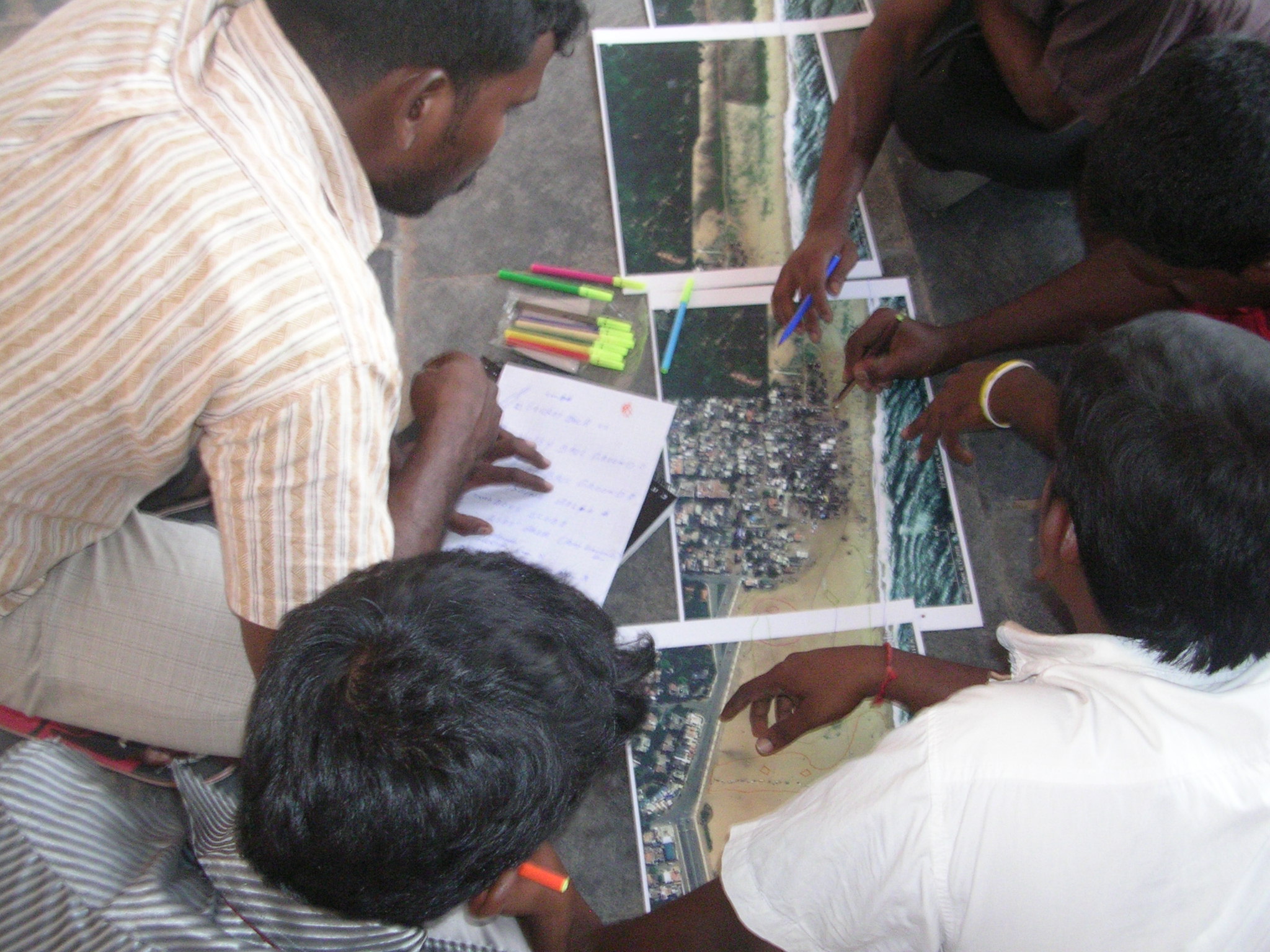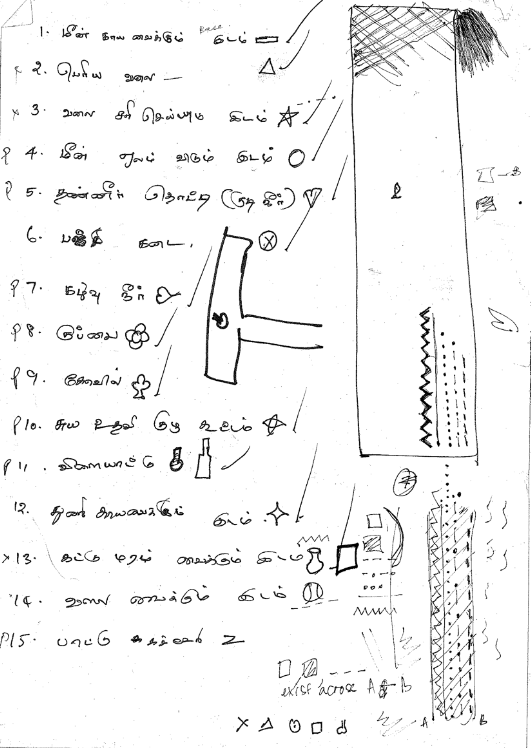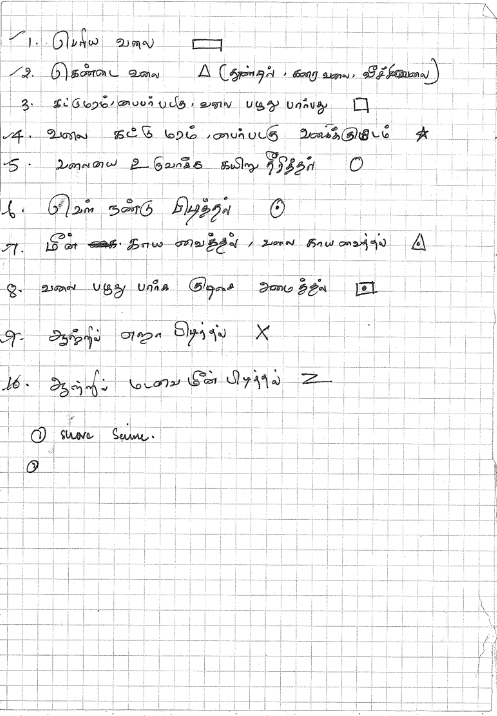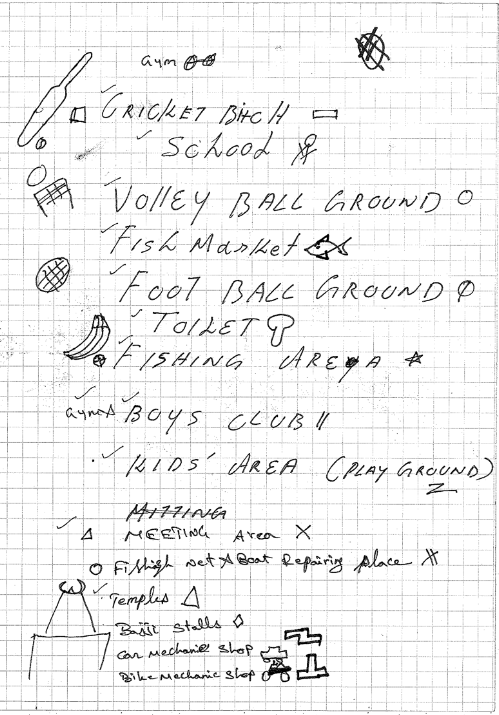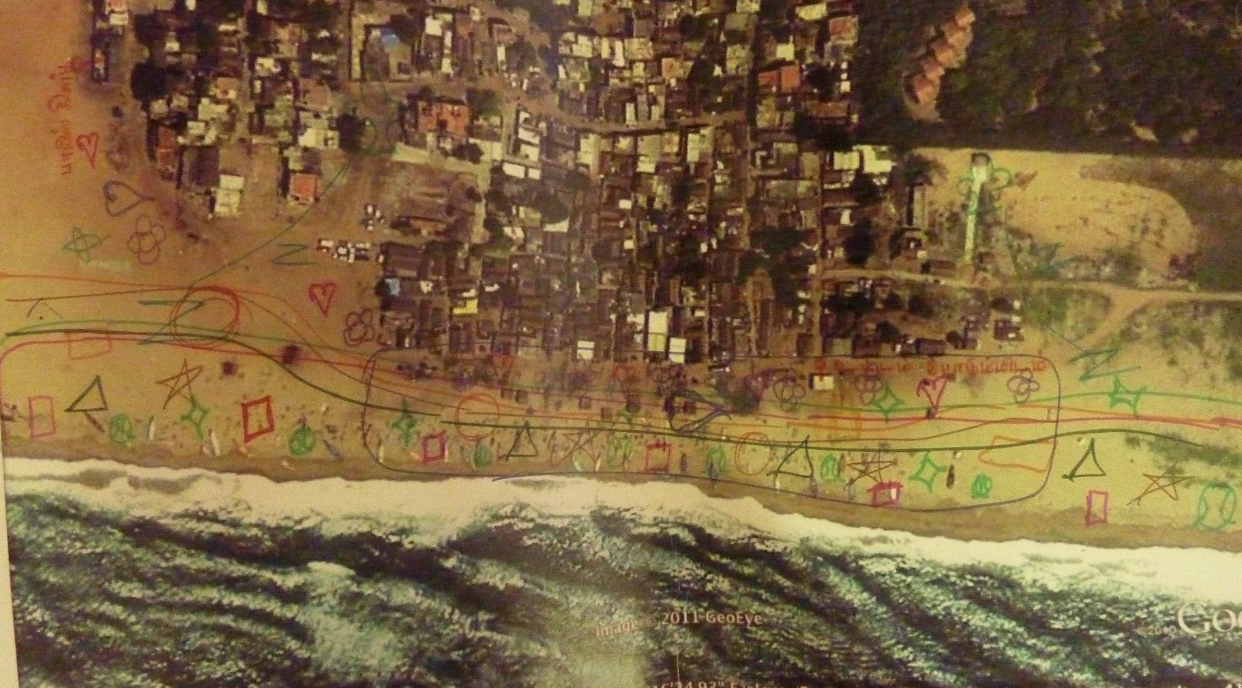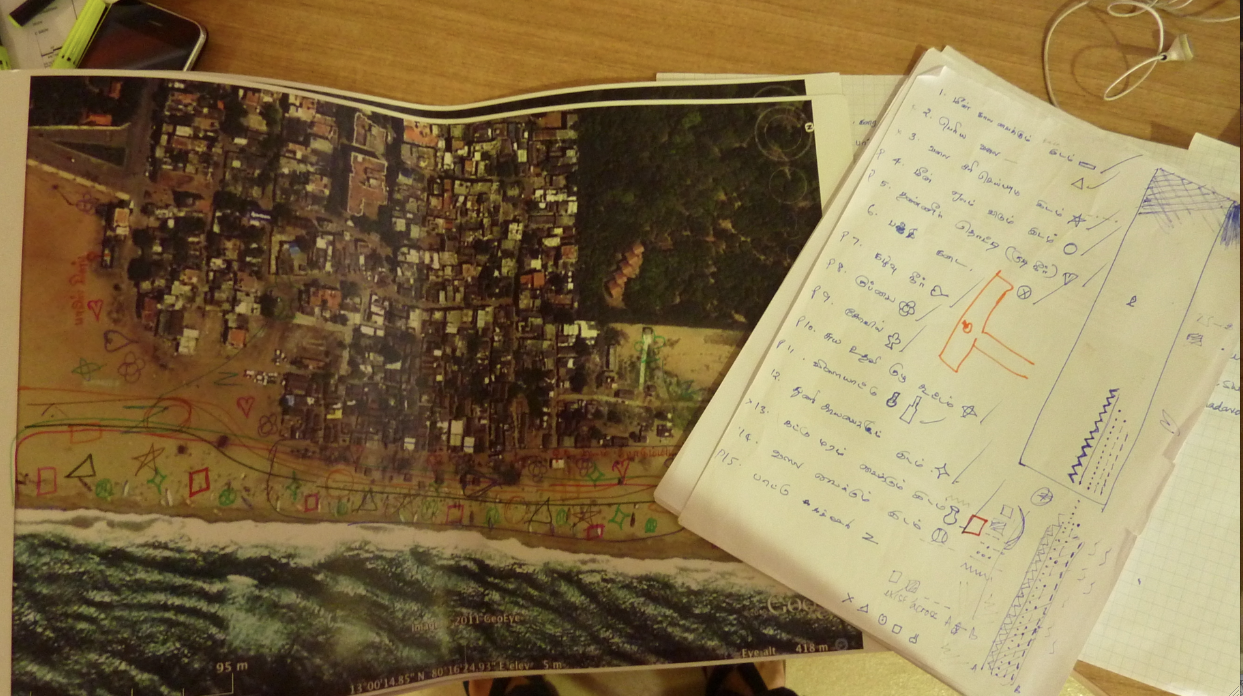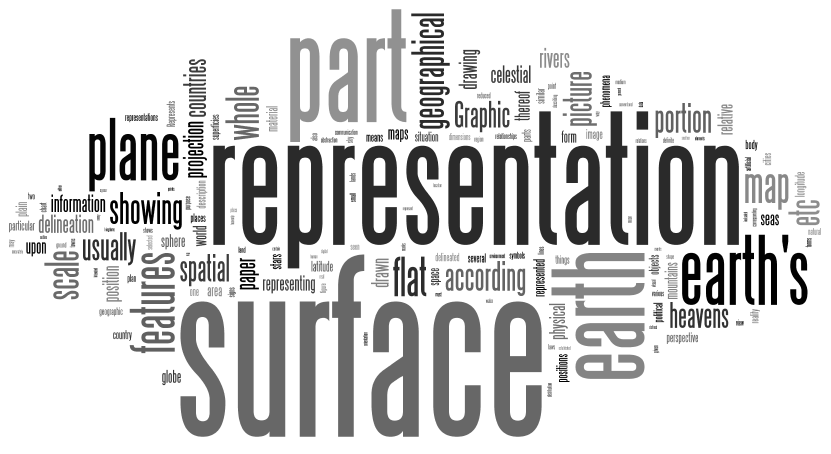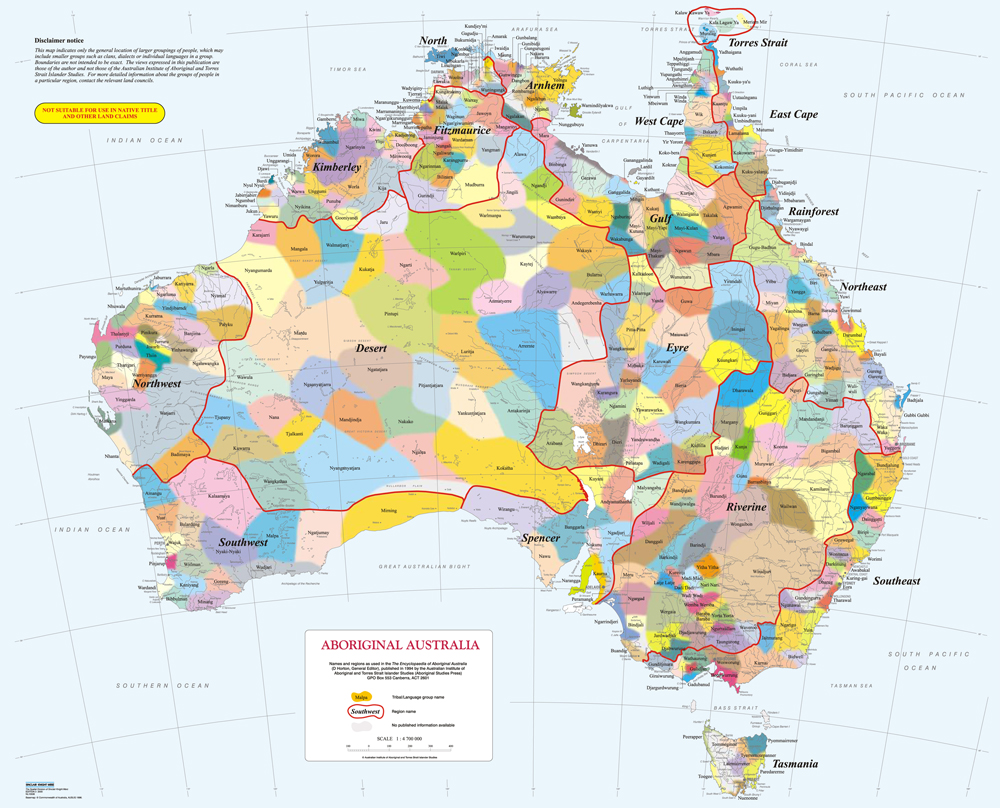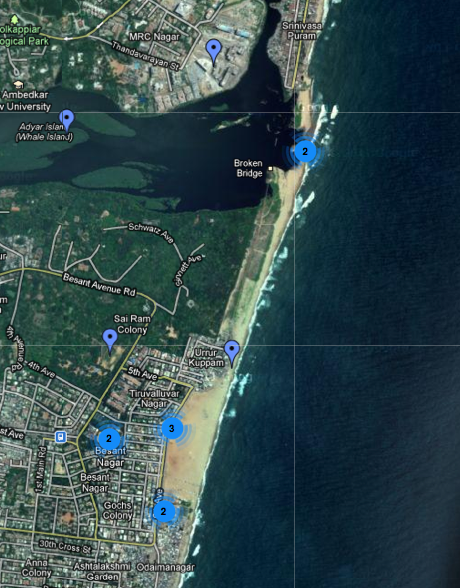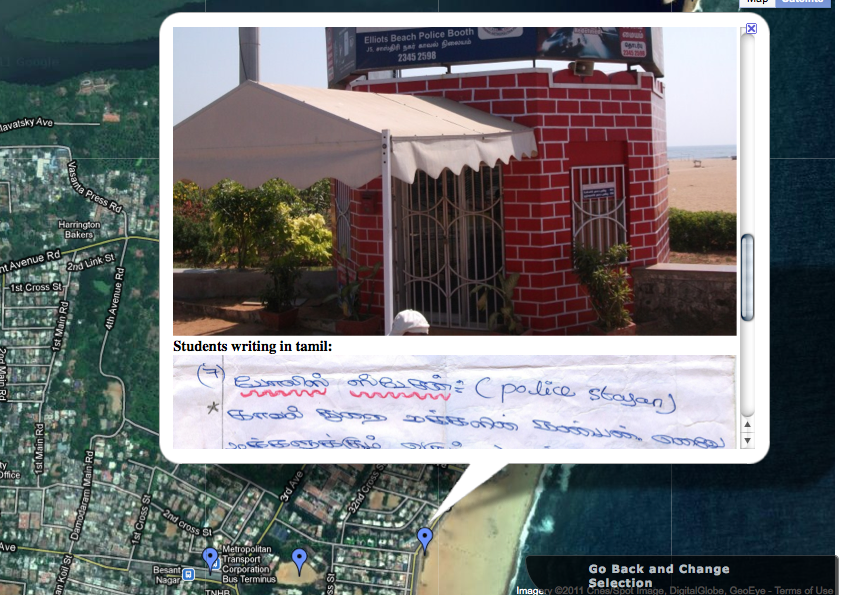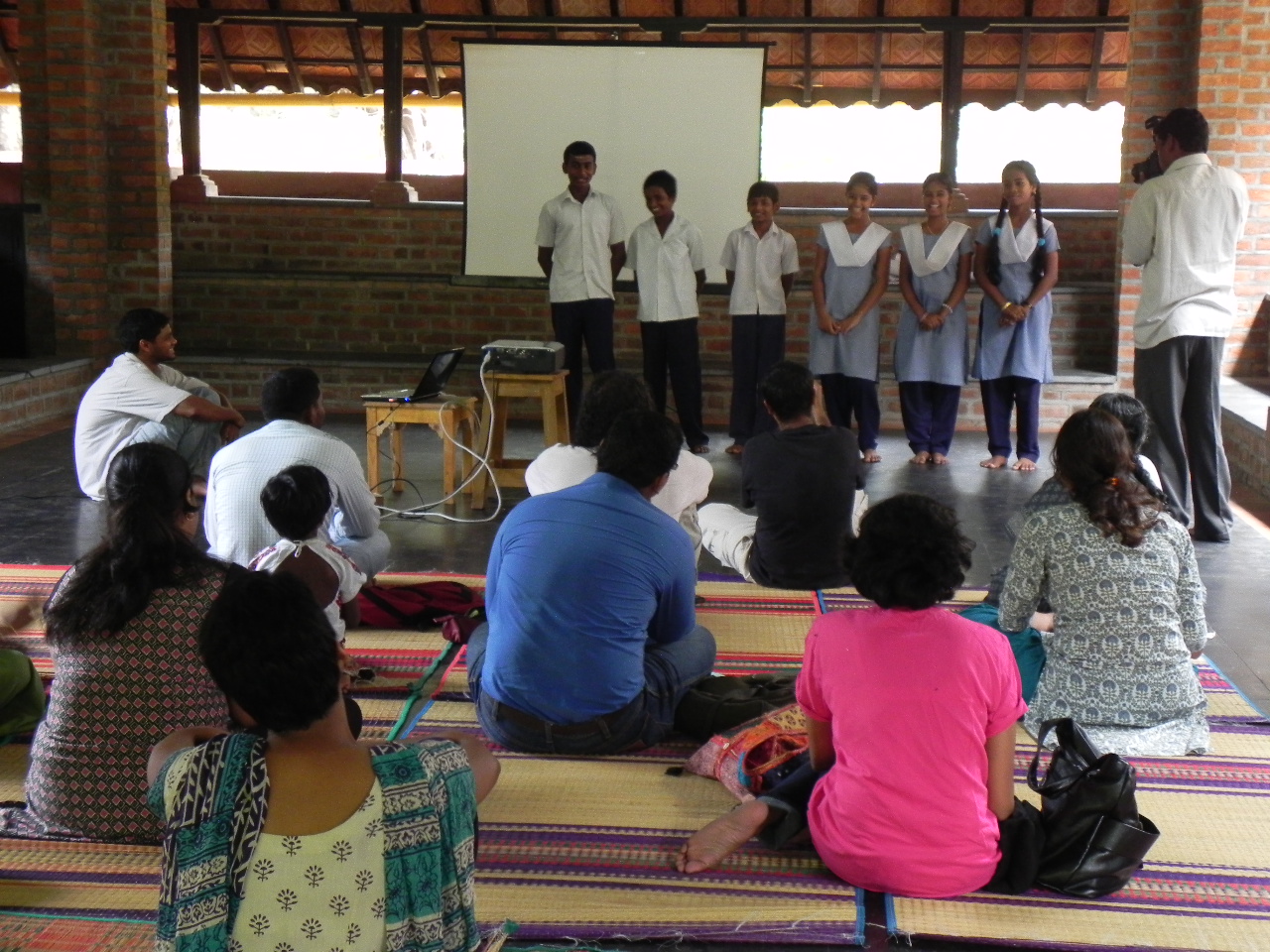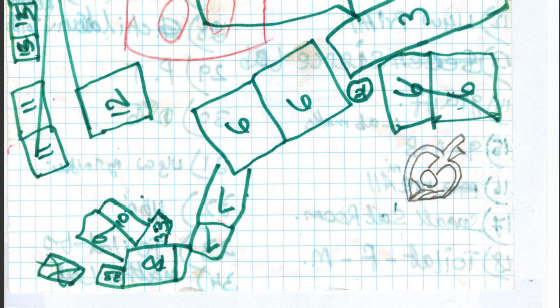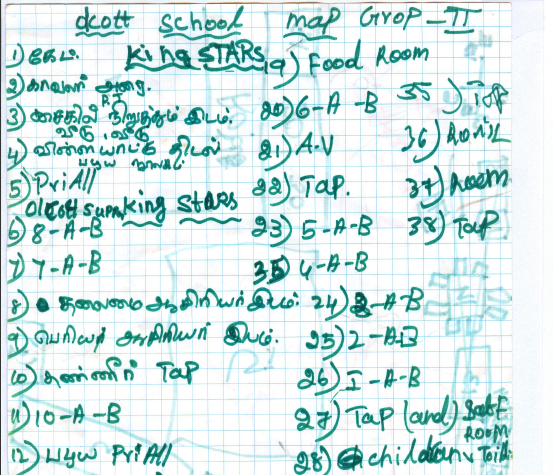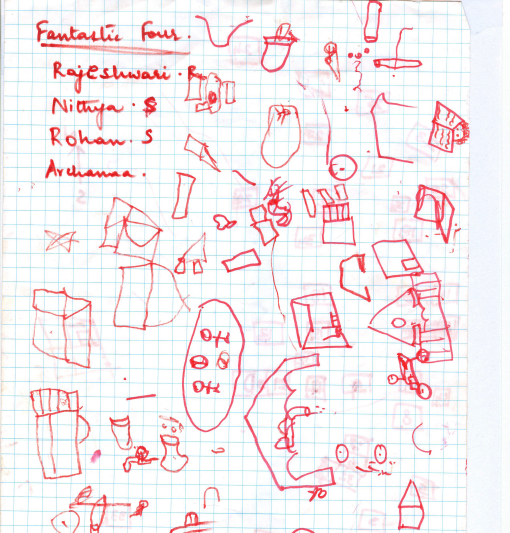Once we collected the data that the fishermen had created using the paper google images, which pertained to how they used their space in terms of their livelihood, socio-cultural activities as well as the lack in infrastructure in the Kuppam, we went back to our office and created rough maps (https://rising.globalvoicesonline.org/chennai/2011/07/13/community-mapping-at-ururolcott-kuppam-step-1%E2%80%A6-in-pictures/).
These rough maps were then taken back to the Kuppam and presented at a public meeting to see whether the community was happy with how it looked and whether they wanted it to be changed in any way (extend something here, shorten something there…etc). Also, since maps only work when it has context as well as auxiliary text, the public meeting served as a great place to get this data. The question that was asked was what would you like on your map? To facilitate this discussion we provided prompts on the map that the residents from the Kuppam could use to begin deliberating what text they wanted to see on the map.
This discussion was an amazing experience and what emerged was hand written text (on paper and on the rough maps) that had information that we had to put in each map. Back to the office! (please see the English translations of the data)
English translations of data-
General Information about Urur/Olcott Kuppam (Welcome to Urur/Olcott Kuppam)- map 1
About Our Community:
This Kuppam comes under the Urur/Olcott Kuppam Panchayat. The Panchayat is made up of members from this community and it is a tradition for us to govern ourselves. Our ancestors are amongst the first residents of this area and fishing is our main occupation.
Role of the Panchayat:
The symbol of our self-governance is our Panchayat and there are many roles that it plays. For example:
- It is responsible for intervening and resolving family disputes
- It is responsible for the health and well being of our community
- It is responsible for maintaining our temple property
- It is responsible for the inclusion of new fishermen into the fishermen cooperative
- It is responsible for making sure that government measures and benefits reach the people efficiently.
The Urur Kuppam Panchayat has around 255 members while the Olcott Kuppam Panchayat is around 210 members strong.
Infrastructure and Gaps Map- map 2
This map explains the existing infrastructure in our kuppam and highlights major problems that our community faces due to the lack of some basic and essential facilities. Following are the major infrastructure gaps in our community.
Playground:
There is no playground in the Kuppam neighbourhood. The nearest playground is too far away, which is the corporation playground seen on the map. Because of this a lot of the times our children resort to playing in front of the local temple.
School:
There is a functioning School, the Olcott school, run by the corporation. This School offers courses upto the 8th Std. However, from this year onwards, courses will be offered only upto the 5th std.
Bus Stop:
There is no bus stop near the Kuppam. The nearest stop is the Olcott Memorial School Bus Stop, which is on 3rd avenue. We feel this is quite far away.
Community Hall:
There is no Community Hall/Self Help Group (SHG) Building. We want a space for community activities behind the Building reserved for the Anganwadi Mid-day meal scheme.
Toilets:
There are 3 public toilet facilities. However, only 2 of these are currently functioning. The toilet in front of the temple is non-functional.
PDS Office (Ration shop):
There is no PDS shop in the Kuppam area. The nearest shop is in Besant Nagar.
Hospital:
There is a Government Hospital near the Besant Nagar Bus Depot. Doctors are available 6 days a week from 9 am to 2 pm. However, we also have to visit private hospitals like Santhosh Hospital and VHS Ho because the government hospital has inadequate services and closes early.
Fish Market:
While we have a fish auction area, we want a larger space to sell our daily catch. The current space reserved for the fish market is too small.
Garbage Infrastructure:
For a number of residents on the eastern side of the Kuppam (see map) the corporation has failed to provide a functional sewage connection. Becasue of this sewage from our homes collects on the beach and adversely affects our groundwater. It also is responsible for spreading disease.
Sewage Infrastructure:
There are not enough garbage dumpsters at the kuppam, which results in trash accumulating on the beach. Furthermore the Corporation of Chennai hardly comes to our area to collect this waste, which affects the cleanliness of the area. In 2010 after fighting with the Corporation they promised to provide waste disposal services more regularly. However, it did not last long and currently the corporation’s garbage trucks do not come into the Kuppam regularly to remove waste.
Socio cultural Map- map 3
This map shows the socio-cultural activities of the residents of the Kuppam. It highlights the importance of the coastline for our community because it is this space that is mainly used for our recreation and cultural activities.
Sports Clubs:
We have two main clubs at the Kuppam through which are responsible for organizing sporting tournaments. They are the Tiger Guys and Alexander.
Cultural Activities:
There are two main festivals that we celebrate. They are-
Sri Elliaman Koil Festival:
We celebrate this festival during Adi Masam (July- August). It takes place on the 9th week of this season from Friday to Wednesday. Every evening during these 6 days we have different functions. Sunday is the day we carry our idol around the village. It is a festival that is comomn to both Kuppams and is our most important festival.
Pongal festival:
During this festival we celebrate by conducting many activities for the children in our community such as Kolam competitions, running races and so on.
Livelihood map- map 4
We are people who belong to the neithal (seashore) land. The sea and the regions around the sea form the basis of our life. This is why fishing forms only a part of why the coastline is important to us.
This map highlights the different uses, and areas of the of the coastline that is important in our day-to-day lives.
Area used for Periya Vaalai (Shore Seine):
It is a really old tradition in our community. It involves not less than 30 fishermen at a time. It encourages the concept of collective fishing and is one of the main reasons for unity in our community. We use it only during the months of January to March. It is used to catch all kinds of fish.
Bajji Kadai (Vendor Stalls) Area:
It is one of our most important livelihoods. Our shops operate between 5 PM and 10 PM.
Shore and Estuarine Fishing Area (1):
Kendai Vaalai:
It is a type of net used for shore fishing. We go from the shore to a particular distance into the sea with the net. We then cast it and come back to the shore and walk along the coast, dragging the net in the water to catch the fish.
Thoondal:
We use baited hooks placed on a rope are cast from the sea shore and river banks to catch fish.
Net Preparing & Drying Area:
Net Preparing:
Though the nets are bought It needs to go through a process before it can be used in the sea. We first stitch rope on all sides of the nets. Then on the ropes in specific gaps we stitch thermacoal and pieces of copper alternately.
Net Drying:
After every days work we dry the nets to keep it safe. Because we use the nets everyday in the sea we cant leave it wet because it may tear.
White Crab Catching Area:
We catch white crabs in this area.We use it to bring small worms and insects out from the shore which we catch and use as bait to catch bigger fish in the sea. The white crabs can also be sold or cooked and eaten by us.
Madava Fish Catching Area:
Madava fish is caught in the river banks and sea and is abundant throughout the year. It is caught mostly on the banks of the river but during the rainy season we catch it on the shore. However, because the river is polluted it is now available only at the estuary.
Prawn Catching Area:
We catch prawns at the estuary, which we store in a box. This is then taken to the deep sea and used as bait to catch fish like Vanjuvam, Seela, Paavai, Vaval and Suuvai.
Katamaram (Catamaran), Fibre Boat and Net Storing Area:
Catamaran boats are our traditional boats. However they are difficult to operate in the deep sea. Some people still use them to fish. Fibre boats are the easiest way to fish and is fast and effecient.
Kattamaram (Catamaran) Fibre Boat and Net Repairing Area:
When these boats need to get repaired, we build small a small hut and do our work. Also, everyday after fishing we need to tend the nets. This is because when the fish is taken out, along with the shells and crabs the nets tear. We repair these small tears everyday so that we can go for fishing the next day.
Shore and Estuarine Fishing Area (2):
Veechu Vaalai:
We cast this kind of net from the shore when the tides are high in the river and sea. It is also used on a regular basis.
Kondai Vaalai:
This is mainly used where the river meets the sea. It takes 4-5 people to work this net. One person watches for fish and when spotted the net is raised. It is used to catch prawns and crabs. It is also used all along the coastline
Fish Drying Area:
Fish like Kavali, Vali, Mathi and Sena Kenu are found in large quantities in the sea which we catch. The excess fish is dried so that it can be sold or used by us during the rainy season.

